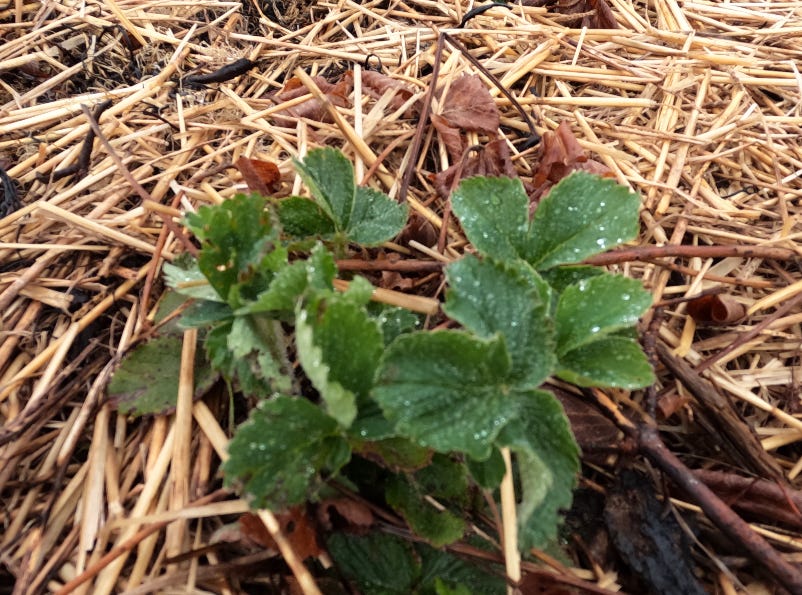Back to Gardening Chapter 2 Part D: The Organic Mulch Approach to Gardening - How to do it.
In this final part of Chapter 2, I explain how to use mulch in a vegetable garden.
Chapter 2: The Organic Mulch Approach to Gardening
Part D: How to do it
So far in this chapter I’ve explained what the organic mulch method of gardening is, why it works, and examined a range of options for sourcing organic mulch. Now, in this final installment, I will present a thorough exposition of how to use it in a vegetable garden.
The soil should always be covered
The most important thing to remember when using the organic mulch approach is this: for the mulch to have all the benefits that were discussed in the previous sections of this chapter, the soil should be covered with a mulch at all times, during all seasons. The point of using a mulch is to help maintain an environment in the soil that is beneficial to soil organisms, because when that is the case, the soil organisms thrive, proliferate, and improve soil quality in a number of ways that help plants grow.

For me, the easiest way to make that happen is to gather bags of leaves in the fall (when your neighbors are unwittingly gathering them for you), and get everything well covered before the winter rolls in. Where I live, it is so cold during winter, that none of the mulch really breaks down during that time. When the growing season rolls around, if I have done my work properly in the fall, there should be enough leaf mulch from the fall gathering to carry the garden through for the entire growing season.
Keep reading with a 7-day free trial
Subscribe to The Maritime Gardening Newsletter to keep reading this post and get 7 days of free access to the full post archives.



